A few long versus many short foraging trips: different foraging strategies of lesser kestrel sexes during breeding
- PMID: 28451434
- PMCID: PMC5404669
- DOI: 10.1186/s40462-017-0100-6
A few long versus many short foraging trips: different foraging strategies of lesser kestrel sexes during breeding
Abstract
Background: In species with biparental care both members of the breeding pair cooperate to raise the offspring either by assisting each other in every reproductive task or by specializing in different ones. The latter case is known as reproductive role specialization. Raptors are considered one of the most role-specialized groups, but little is known about parental behavior away from the nest. Until the advent of biologgers, avian role specialization was traditionally studied with direct observations at the nest because of the difficulties of following and recording the behavior of free-ranging individuals. In this paper we analyze how the role specialization of the lesser kestrel (Falco naumanni) influences foraging movement patterns throughout the breeding season. We tracked 30 lesser kestrel breeders from two breeding colonies using high-frequency GPS-dataloggers during four consecutive breeding seasons.
Results: We found no differences between sexes in lesser kestrel foraging movements early in the breeding season before the formation of the breeding pair. However, we observed sexually distinct foraging movement strategies later in the breeding season once breeding pairs were formed. Lesser kestrel males performed a large number of short foraging trips while females made a few long ones. This maximized the provisioning rate by males to feed their mates and offspring. Meanwhile, lesser kestrel females spent more time at the colony than males in order to defend the nest, incubate the eggs and brood the nestlings. Females also helped their mates to provision the nestling once these had grown and required more food and less protection. Furthermore, lesser kestrels showed a sexual spatial segregation in foraging areas, with males foraging closer to the colony than females.
Conclusions: The lesser kestrel responds to changes in energy demand throughout the breeding season with its foraging movement strategy, but in a different way depending on parental sex. The sexual spatial segregation observed is likely to be the result of an adaptive foraging strategy based on role specialization to reduce prey depletion close to the colony and intersexual competition in order to improve breeding success.
Keywords: Biologging; Breeding ecology; Falco naumanni; Foraging behavior; GPS; Movement ecology; Role specialization; Spatial segregation.
Figures
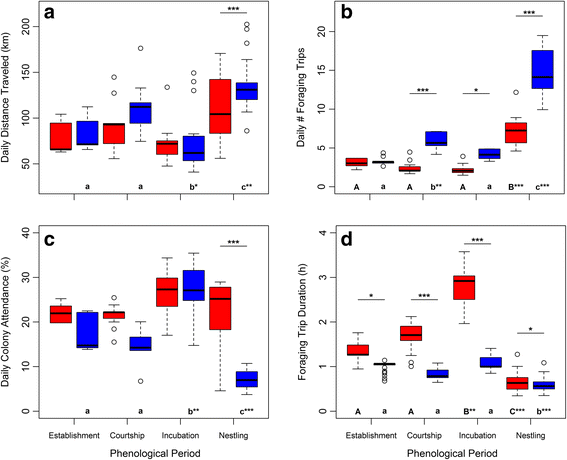
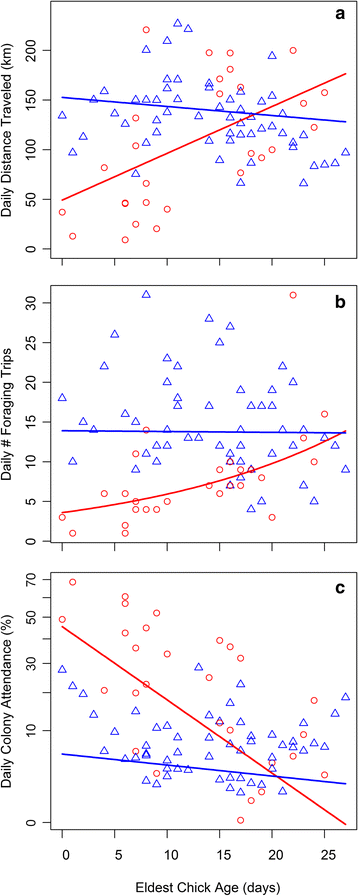
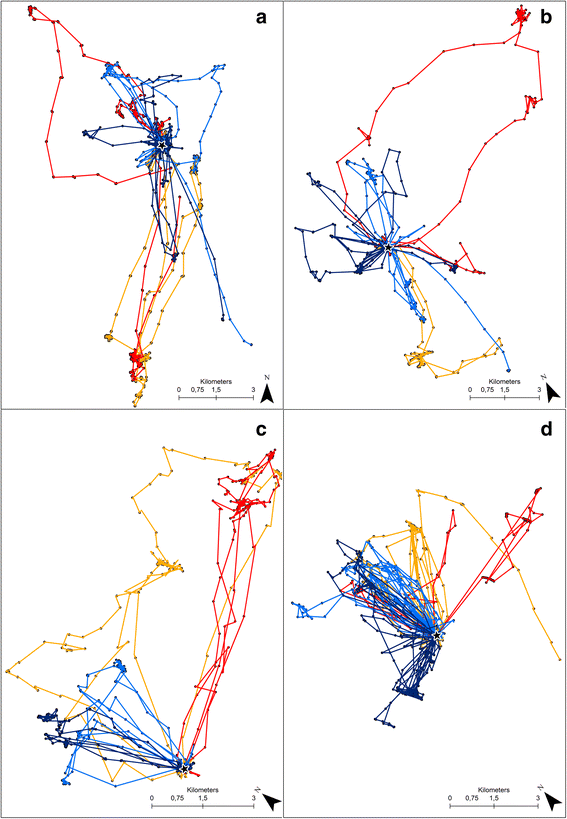
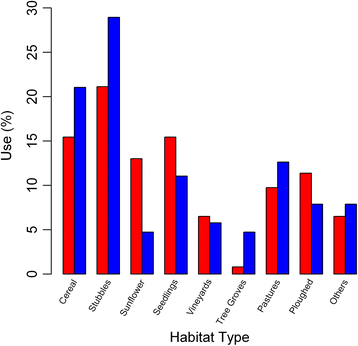
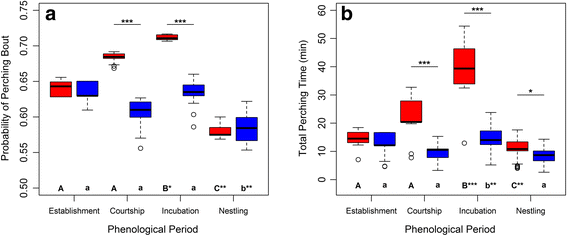

References
-
- Trivers RL. Parental investment and sexual selection. In: Campbell B, editor. Sexual selection and the descendent of man. Chicago: Aldine; 1972. pp. 136–179.
-
- Maynard Smith JM. Parental investment: A prospective analysis. Anim Behav. 1977;25:1–9. doi: 10.1016/0003-3472(77)90062-8. - DOI
-
- Kendeigh SC. Parental care and its evolution in birds. Illinois Biological Monographs. Illinois: University of Illinois; 1952.
-
- Wesolowski T. On the origin of parental care and the early evolution of male and female parental roles in birds. Am Nat. 1994;143:39–58. doi: 10.1086/285595. - DOI
LinkOut - more resources
Full Text Sources
Other Literature Sources

